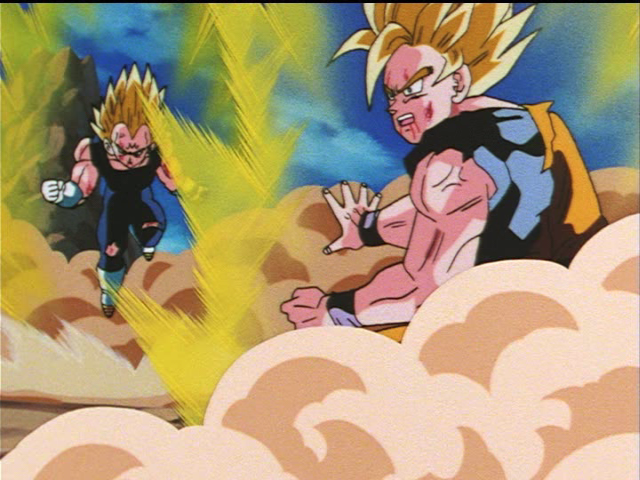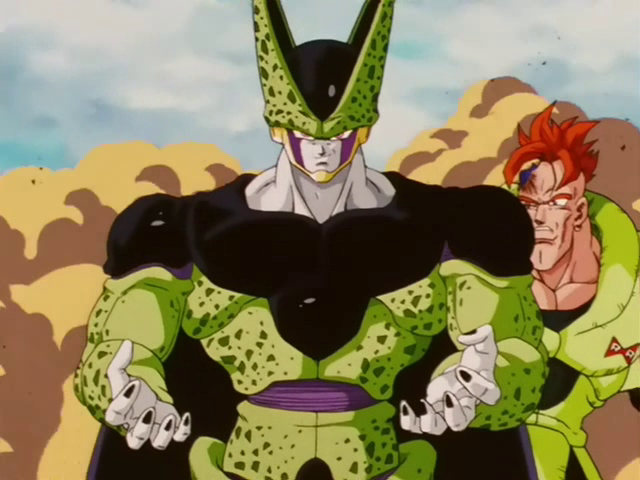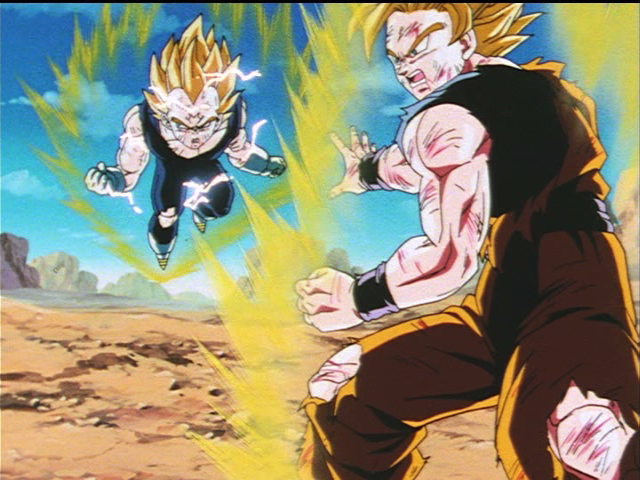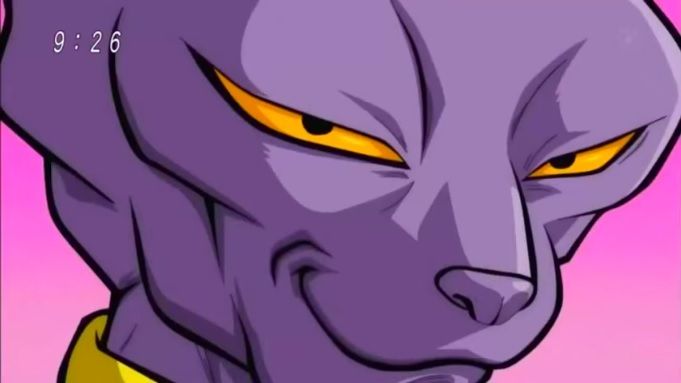Dangerous Duck
You'd better duck, too.
-deleted-
Last edited:





Absolutely. In fact, it wasn't until recent years that us fans were granted such an incredible insight into the film's production, you know. For over 60 years, animation buffs' only source of information on Disney's features were a handful of books, most notably The Illusion of Life, a phenomenal guide for animators written by the aforementioned pair of Disney veterans, Frank & Ollie. Without a single doubt, it is the greatest piece of literature focusing on the art form in existence, and I very highly recommend it to everyone, be it one pursuing a career in animation, or simply a Disney fan.Wow. I learned a lot from this, and rot, too. I remember mulling over many interviews and production notes years ago when I reacquainted myself with Pinocchio. I watched it so many times as a child, and I really appreciated Disney for providing a thorough insight for animation fans wanting to see just how much elbow grease it took to craft their vintage works.
Regrettably, no; the last living member of The Nine Old Men, Ollie Johnston, passed away in 2008 at the staggering age of 95. He, along with his colleague and best friend, lived a long, fruitful life, progressing the art form far beyond anyone's expectations and inspiring millions of artists. Truly an incredible legacy.Are any of the nine old men still around? I tend to just think all the old Disney stalwarts had passed on (when it comes to famous deaths, I always miss the obituaries!)
My favorite would be a bit of a toss-up between Honest John and Geppetto, for all of the reasons you described. I tend to lean more towards Geppetto, but...Gah, it's still a close call. Pinocchio possesses such a wonderfully varied, intriguing cast, completely unlike anything seen in Disney's other pictures, and easily my favorite.My favourite characters from Pinocchio were Geppetto (for being a kind-hearted, sympathetic toy maker), Stromboli (because he's such a violent yet humorous character, especially when he's screaming foreign obscenities in his native tongue), the Coachman (since I used to love quoting his lines in his cockney accent, like "how would you blokes like to make some real money?"), and finally, my absolute favourite, "Honest John Worthington Foulfellow", since he's got so much charm and personality, and I've loved anthropomorphic characters all my life.
I really liked that deleted song they made for him, performed by Thurl Ravenscroft and the Mellomen. They released it as an exclusive extra on the Pinocchio DVD.
Ooh! What a distinctive concept that is. Certainly a breath of fresh breath of air from today's cynical sense of humor, found so prevalent on the internet. An animated show unquestionably holds monumental potential for audiences of all kinds; bare in mind that wide audience appeal is something many programs and series lack in this age, particularly online. I say, you have a true winner on your hands.Yes. It's been a long time, but I do vaguely remember reading about Charles Judels. My fondness for both those characters and their voice work led me to look up the performer (a typical habit of mine, since I've always been interested in voice acting).
Speaking of vaudeville, I've always loved the idea of attending that kind of evening's entertainment. I shouldn't blurt out my private projects like this, but I'm toying with the idea of an animated series and a video game dealing with a curious troupe of traveling vaudevillian performers. Animated variety acts done in a delightfully old-fashioned style, including what goes on backstage. I think if I executed it right, the charm and appeal could be massive (of course, Youtube is the world stage of today, so it would need to get its start there). It would be a great way to hearken back to old, inoffensive forms of humour/entertainment.
Anyhow, what do you think of it as a concept, Colonel? Give me your honest opinion.












this is my favorite work of hisidle thought: Keff Kline is one of the most underrated talent in the western cartoon industry. AMong other things, he was producer/creator/write whatever on
-Extreme Ghostbusters
-MIB: The Animated Series
-Godzilla: The Series
-Big Guy and Rusty The Boy Robot
-Jackie Chan Adventure
-GI Joe Renegades
-Transformers Prime
^this is a ridiculously good resume by any standards
I can think less about the game and more on bubsy himself. his games have a reputation for being well (Excuse me for my language.) Uncontrollable piles of gaming bullshit. But if you think less About the games and more on bubsy you get something else, a good cartoon character. not perfect, but totally passable.I know many internet folk are allergic to hearing nice things said about this fine feline fellow, but in the spirit of animation he certainly holds relevance.
